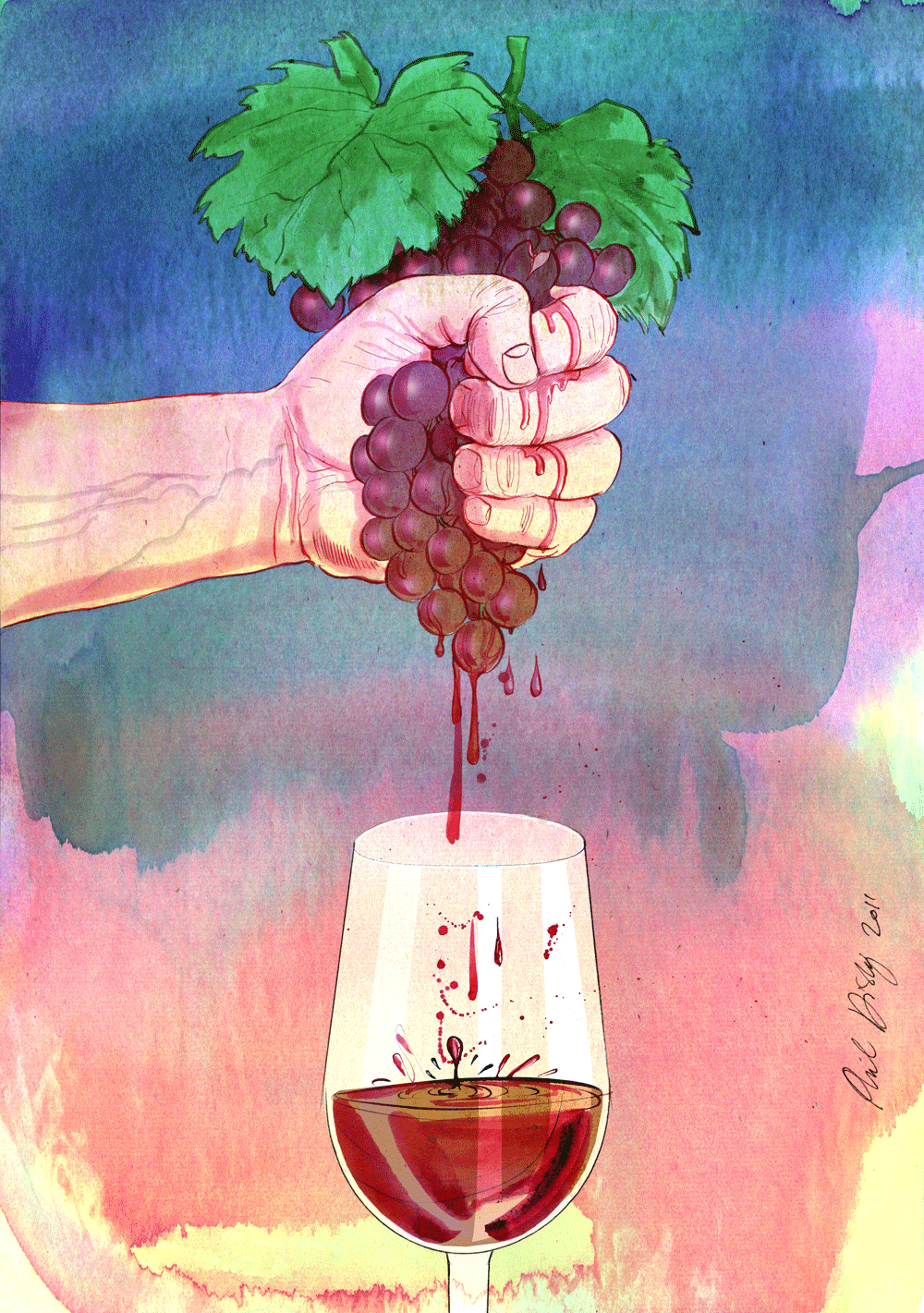From Provence to Napa
So I was reading this wonderful piece by Jon Bonné, where he details the ways in which the staggering success of Provençal rosé has, paradoxically, harmed not just the rest of the winemaking in the region, but the rosé industry itself. It’s well worth a read, but I think the conclusions drawn could easily be applied to a few other places in the world.
Some regions just naturally only grow one or two grapes: Chablis is Chardonnay, and the Mosel Valley is Riesling. The lack of diversity there was established centuries (or possibly even millennia) ago, and has so come to define the place that it seems unlikely to ever change. That’s not the case in the New World in particular, and yet we have several regions dominated by a very small set of grapes.
I started down this track when I was thinking about the Judgment of Paris. That’s the now-legendary tasting, held outside of Paris, in 1976. To the shock of everyone, but most of all the French, a number of Napa wines showed better than some of the great producers in Bordeaux. The story captivated the American public already in the throes of a patriotic upswell thanks to the bicentennial, and catapulted Napa to the forefront of the American wine consciousness. This is usually talked about as a good thing for all parties: hell, there was even a vaguely-historical movie (Bottle Shock) made about it!

Yet there’s an argument to be made that too much success, too soon, has in some undefinable way harmed Napa (and California, and frankly the world). Instead of maturing at a more natural pace, finding the varietals that worked best, Cabernet Sauvignon and Chardonnay became king. Coupled with the rise of Robert Parker and Wine Advocate, you suddenly had a region where it was economically unviable to make anything other than a very specific type of wine. It had to be made from a specific set of easily-recognized grapes, it had to be grown to high degrees of ripeness and then aged for several years in 100% new French oak barrels, then sold for obscene sums of money.
Old vines of just about everything else were ripped out, small growers were either bought out or driven out of business because they couldn’t compete, and Napa in many ways became a playground for the idle rich. Owning a winery was a status symbol, and the same consulting winemaker could make the wines a dozen estates in a given vintage. The same homogeneity that’s perhaps ruining Provence took hold in Napa.
Worse, wineries around the globe looked at the success (or at least the profits) of those wineries, and followed suit. Interesting, obscure, and indigenous vines were ripped out from Italy to Australia to Argentina and replaced by the few “international varietals” of proven appeal: the aforementioned Cab and Chard, plus Merlot, Sauvignon Blanc, and Syrah. This hasn’t been all bad of course: in some cases the resulting wines are truly exceptional, and in many cases the increased interest in the global market has improved the quality of the wines and the winemaking behind them. Yet in other cases it’s done great damage to long-established traditions, as was the case in Piedmont with Nebbiolo.
Napa is no longer a wine region, as much as it is a branding label. It’s economically impossible to make anything but a very specific type of wine there, given the cost of land, and other regions are following a similar trajectory, like Pinot Noir in the Willamette Valley. Lots of wineries have succeeded, and some people have gotten very rich, exploiting those trends, just as in the case of Provence, yet I can’t help but think that us wine drinkers have been left just a bit poorer for it.














